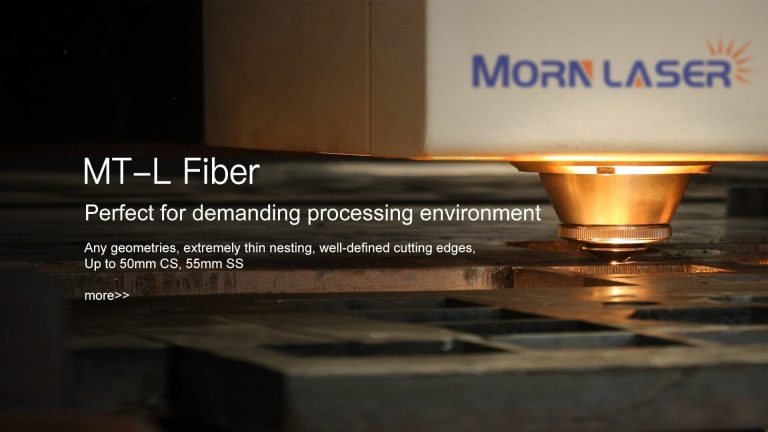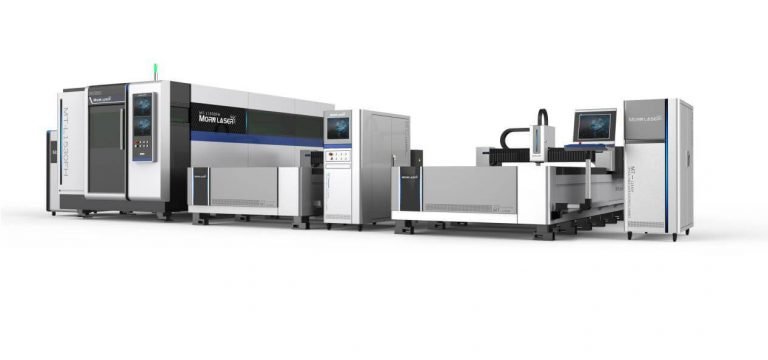We summarized the following 7 factors that affect the effectiveness of laser metal cutting process, pay attention to these listed aspects will help to improve your cutting quality, let’s dive into the details.
Metal conductivity
The effectiveness of the cutting process is correlated with metal conductivity.
If the thermal conductivity is high in a material such as aluminum, much of the energy is transferred laterally into the material, which results in inefficient cutting and reduced cutting speeds. As a general rule, if energy is transferred into a material inefficiently, the effectiveness of the cutting process is reduced.
Metal composition
The material composition has a greater impact on laser processing.
For example, the carbon content helps to burn, and high-carbon steels will burn rapidly when they come into contact with the laser beam.
Compared to more homogeneous materials, carbon steel may contain many elements with different melting points.
During the thermal process, random reactions may occur due to element variance and the surface conditions of the material. These surface conditions include scale, coating, filth, and surface impurities.
Metal quality
Laser processing is sensitive to metal quality.
The metal surface conditions can dramatically affect the quality of cutting.
①Surface impurities on low-grade steel are highly reactive to the thermal process, especially when oxygen is used as a cutting gas.
②The surface scale on hot rolled steel tends to melt in with the metal during cutting, creating an undesirable finish.
③ If the metal surface is not smooth, the assist gas and laser focus can be altered, affecting the quality of the cut.
Absorbability of laser in metals
The absorbability of material at 10.6 microns also affects laser cutting performance. Because of its reflectivity, copper is very difficult to cut with a laser.
The surface tension of the liquid metal will affect the degree of dross that attached to the edge of the part. If the viscosity is thin, the dross will blow away. However, if it is thick, the dross will adhere to the material, usually raising the temperature of the part. In this case, secondary treatment may be required to get rid of the recast.
Part geometry
The more complex the part geometry, the more difficult it is to maintain a constant cutting speed.
Affected by the thermal treatment, the corners or smaller areas of the part absorb more heat. Therefore, the possibility of thermal runaway or violent reactions (such as blowouts) increases.
It is more effective to accelerate the laser when cutting the curve to prevent the parts from overheating and edge quality degradation.
Pulsed laser rather than using continuous-wave ejection, or drilling holes is a way to avoid thermal problems.
Parameters setup
Nozzle size, power, optical focal length, assist gas, gas pressure, speed, and focal length can all influence the laser metal cutting process.
When the combinations are correct, the speed of laser metal cutting can be several times faster than that of other cutting methods.
However, if they are not set correctly, the metal cannot be cut.
Parameters are often wide-ranging for the same material. Requirements for surface finish, tolerances, heat-affected zone (HAZ), and flatness can significantly change the parameters.
check for how to adjust fiber laser cutting machine parameters according to cutting effect?
Setup parameters can be time-consuming.
Keeping a record and using a reliable database of time-tested parameters of known materials, specifications, and conditions can greatly save your setup time and improve your cutting efficiency.
The setup time can be greatly reduced by planning similar jobs to run together.
Drilling
While lasers can drill holes very quickly, a blowout may occur during the drilling process.
How to avoid blowout when drilling holes?
①Changing parameters to switch continuous-wave laser to pulsed wave laser will lower the probability of a blowout when piercing metal.
②The occurrence of a blowout can also be reduced by lowering the gas pressure to a level that still allows combustion.
③Controlling the focus of the laser and cleaning the surface of the material to remove oil and dirt are also important to prevent spraying.






